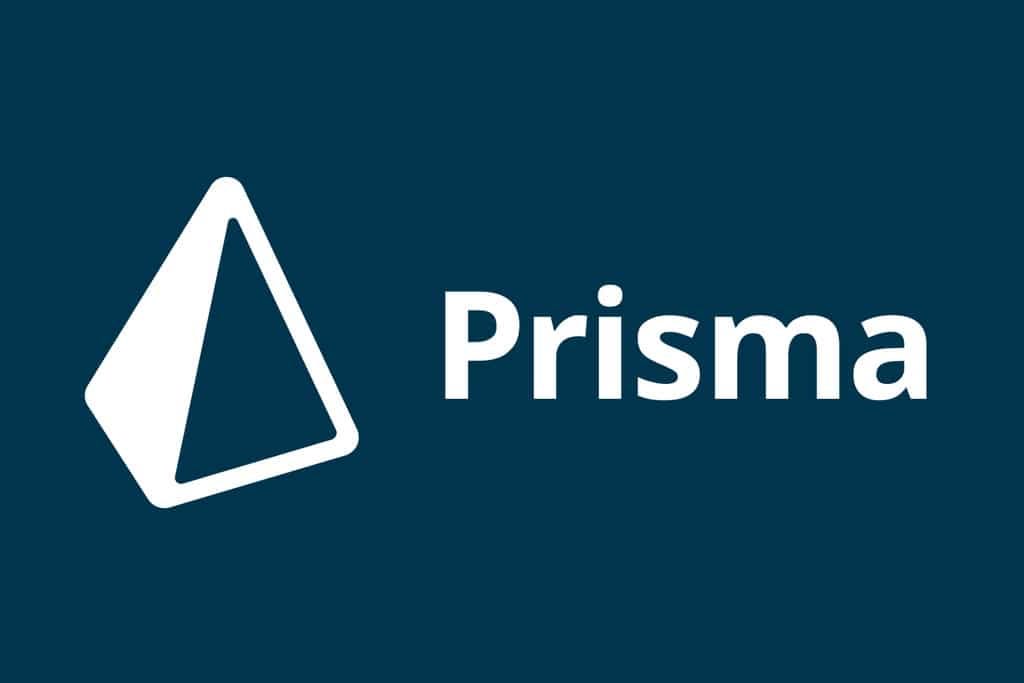- The Development History of PyTorch
- The Unique Advantages of PyTorch
- Detailed Setup Guide for the Development Environment
- Ecosystem
- Conclusion
The Development History of PyTorch
The Early Years of Torch
The story of PyTorch begins with the Torch framework in 2002. Torch was originally written in Lua and served as a scientific computing framework. By 2011, the release of Torch7 further solidified its position in the machine learning community.
The Birth and Growth of PyTorch
In October 2016, PyTorch officially released version 0.1, using the THNN backend. This marked a new milestone in deep learning frameworks. Shortly after:
- December 2018: Version 1.0 released, introducing the CAFFE2 backend
- May 2019: Version 1.1 released
It is worth noting that PyTorch was developed by Facebook AI Research (now Meta AI), which greatly contributed to its credibility and adoption.
The Unique Advantages of PyTorch
Dynamic Computation Graph
Compared to the early static-graph design of TensorFlow, PyTorch’s greatest feature is its dynamic computation graph. This means:
- The computation graph is built dynamically at runtime
- Debugging is more flexible
- Code feels more intuitive and “Pythonic”
I will use short examples from PyTorch (dynamic graph) and TensorFlow (static graph) to demonstrate the differences.
Characteristics of Dynamic Graphs
- The computation graph is constructed dynamically during execution
- The computation logic can be modified at any time
- Code closely resembles standard Python programming
- Debugging is more intuitive and flexible
Characteristics of Static Graphs
- The full computation graph must be defined ahead of time
- The entire computation process must be specified before execution
- Requires explicit creation of a Session
- Potentially higher performance, but less flexible
Explanation of Code Examples
- PyTorch version:
- Logic can change dynamically inside the function
- Code is concise and intuitive
- TensorFlow 1.x version:
- Requires
tf.placeholderandtf.cond - Graph must be built beforehand
- Requires execution using a Session
- Requires
It is worth mentioning that TensorFlow 2.x introduced more dynamic-graph features, bringing its programming style closer to PyTorch.
Core Features
- GPU Acceleration: Efficient use of GPU computing resources
- Automatic Differentiation: Simplifies gradient computation
- Rich Neural Network Layers: Provides a variety of commonly used layers, such as:
- Linear layers:
nn.Linear - Convolution layers:
nn.Conv2d - Recurrent neural network layers:
nn.LSTM - Activation functions:
nn.ReLU,nn.Sigmoid,nn.Softmax - Loss functions:
nn.CrossEntropyLoss,nn.MSELoss
- Linear layers:
Detailed Setup Guide for the Development Environment
CUDA Configuration Guide
Hardware Requirements
- Must have an NVIDIA GPU
- Recommended to verify proper CUDA installation
Installation Steps
- Download and install CUDA 10.0
- Add CUDA paths to the system PATH
- Verify installation using command-line tests
Installing PyTorch
Recommended Method
- Use Anaconda to manage virtual environments
- Run installation commands from the terminal (preferably with administrator privileges)
Ecosystem
PyTorch has a rich ecosystem, among which TorchVision is a representative example, offering abundant tools and pretrained models for computer vision tasks.
Conclusion
In the competition among deep learning frameworks, PyTorch excels in several dimensions:
- Performance
- Ecosystem
- Acceptance in academia
- Ease of use
- Future prospects
As a modern deep learning framework, PyTorch—thanks to its flexible dynamic graphs, rich functionalities, and powerful ecosystem—has rapidly become the top choice for researchers and developers. For students looking to begin learning deep learning, PyTorch is undoubtedly an excellent starting point.



